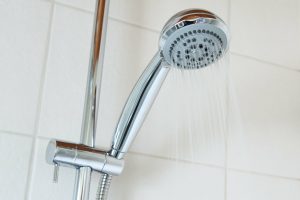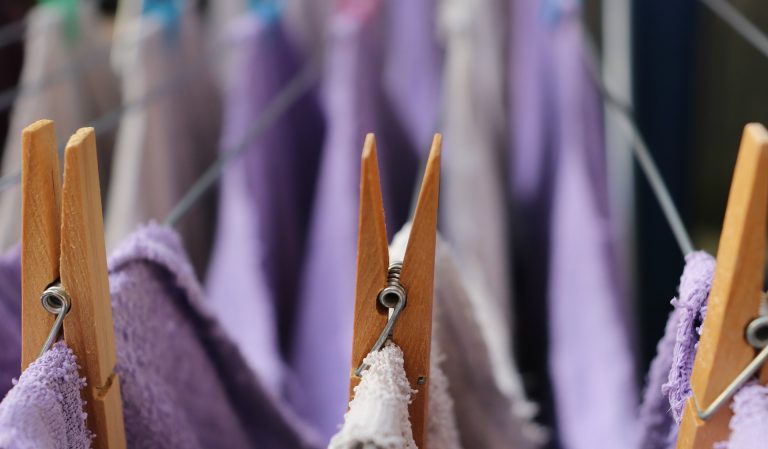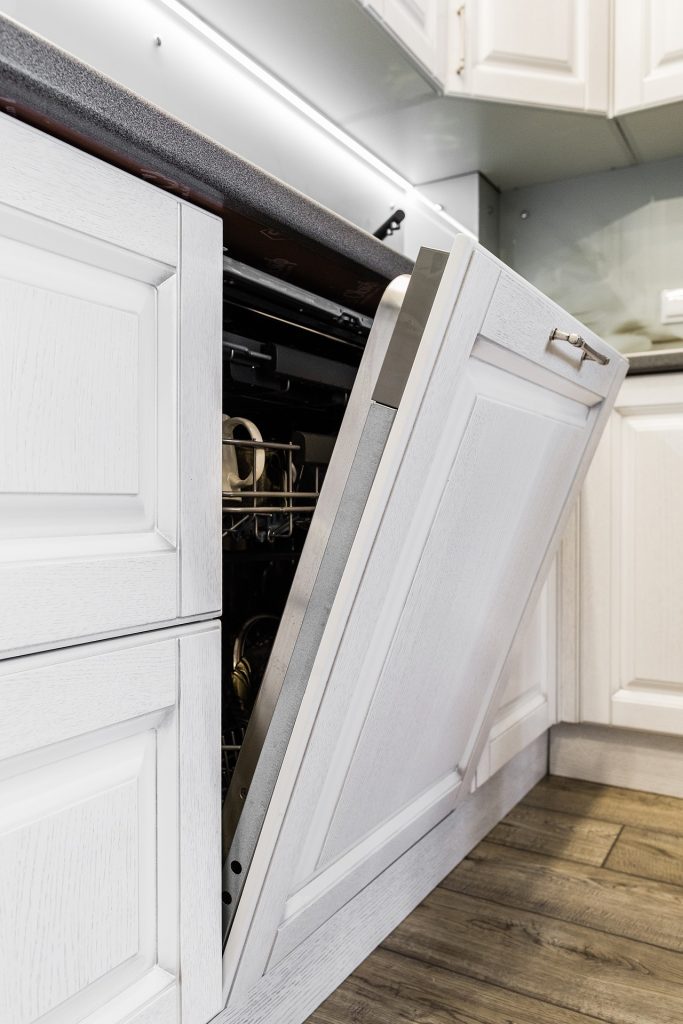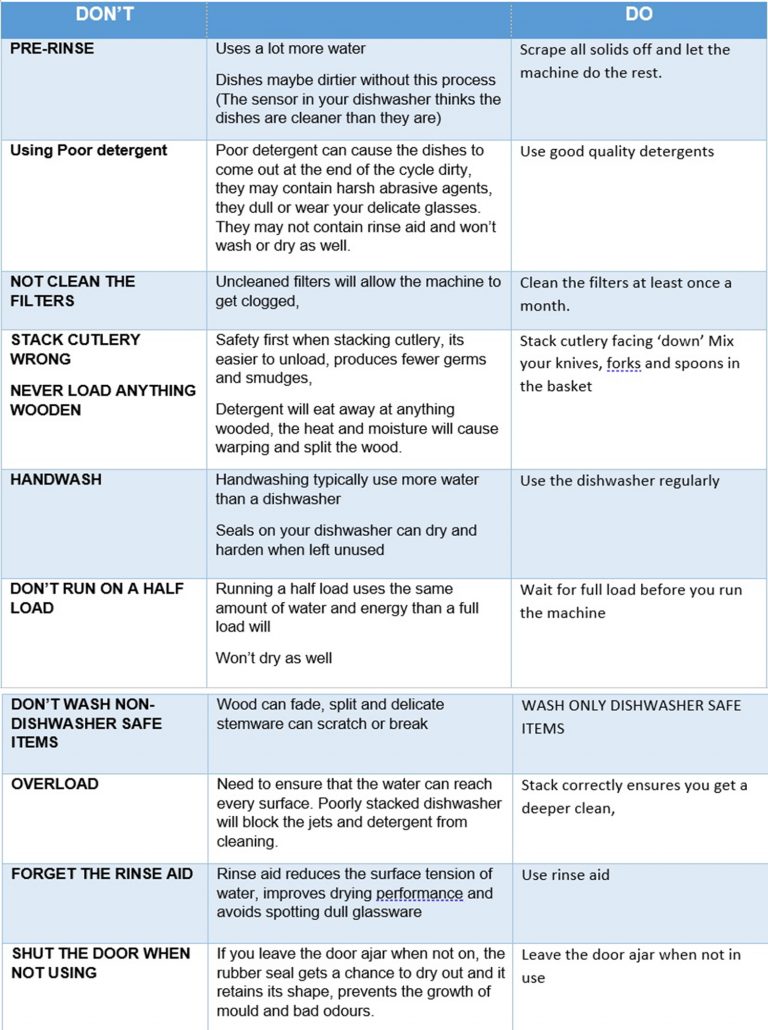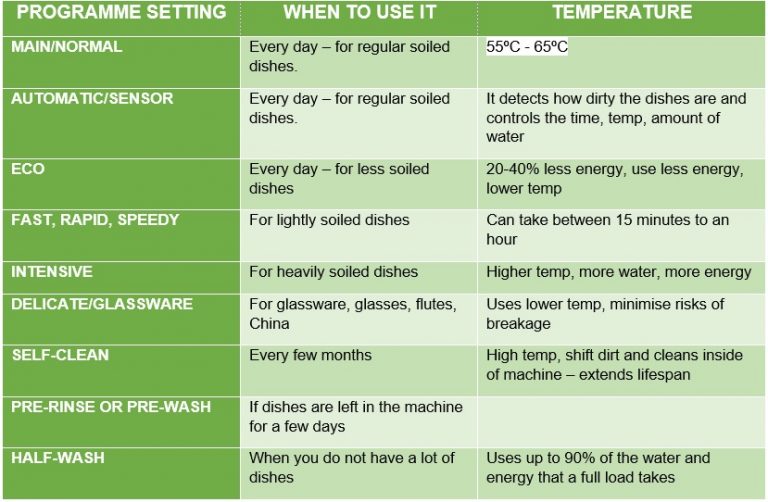It may also be the right time to upgrade to A-rated appliances as they use up to 55% less electricity to run, than for instance, a D-rated appliance. This initial cost will be offset with the reduction in running costs.
One of the largest energy users in your home is your fridge-freezer, so make sure to defrost regularly to ensure its running efficiently. Never leave the door open, always cover food, check the temperature (Best freezer temperature should be 5°C, and -18°C), always place the fridge/freezer away from any heat source and ensure it has adequate ventilation.
It can also be useful to fit a smart plug on all your big appliances that will show you their energy consumption, giving you the opportunity to see how to reduce its use.
These steps can provide an immediate financial incentive and something that you can begin right away.


